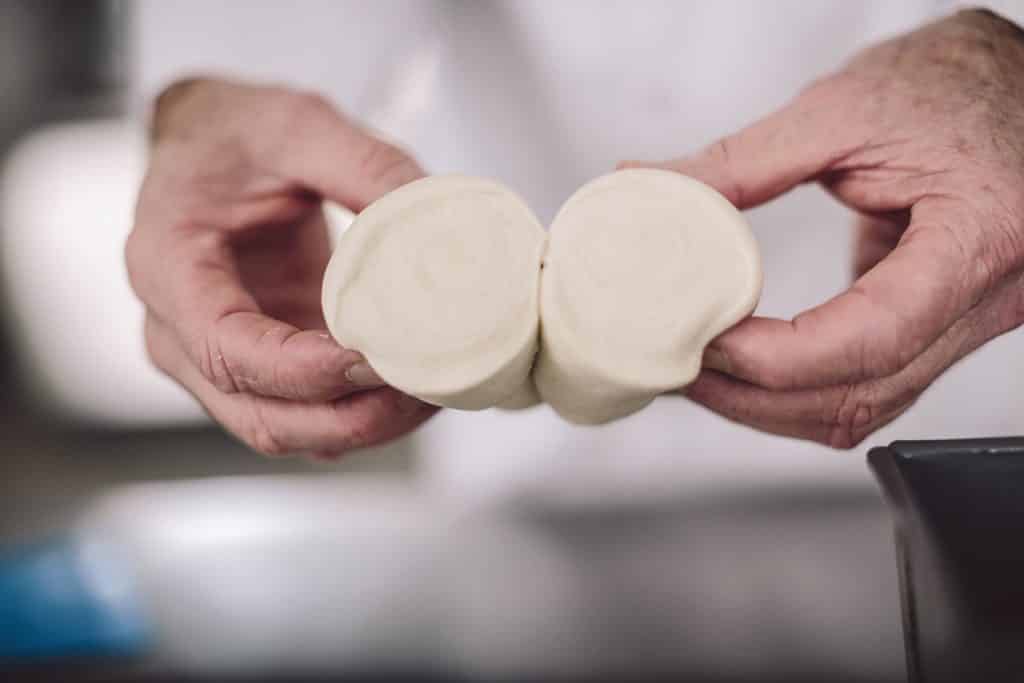
27 Jun How to improve volume in breadmaking? Part 1 of 3
Along with the shape and colour of a loaf, volume is an appearance factor that is decisive for the consumer, in that it is assessed on first glance. This text takes a look at one of the factors that helps to promote volume in bakery goods, namely dough tolerance.
Correlation between volume and dough tolerance
Two major technical factors are responsible for obtaining volume in bakery goods: efficient CO2 production and a gluten network strong enough to retain the gases. But there are other factors, aside from these pre-requisites, that warrant further development in breadmaking: a higher tolerance to excessive fermentation and the dough’s capacity to resist the various stresses inherent in processes such as controlled proofing and freezing.
What is responsible for dough tolerance in breadmaking?
The tolerance of dough may be defined in terms of its ability to survive unscathed the excessive fermentation times during first rise or final proofing, mechanical shocks and similar negative stresses that may occur in the process.
This lends more flexibility to the baker and enables variations in timing without impacting upon the end quality of the product.
Factors determining dough tolerance
Tolerance is a decisive factor in dough development and therefore the volume of the finished product and depends on several factors (Calvel, 1975):
- the baking properties of flour, in other words the quantity and quality of proteins that go into the making of the gluten,
- dough fermentation rate (slow-fermenting dough is more tolerant)
- pre-fermentation with sourdough or yeast generates a slightly higher degree of tolerance than so called directmade dough. Nevertheless, acidification should not be too strong for fear of damaging the gluten network.
